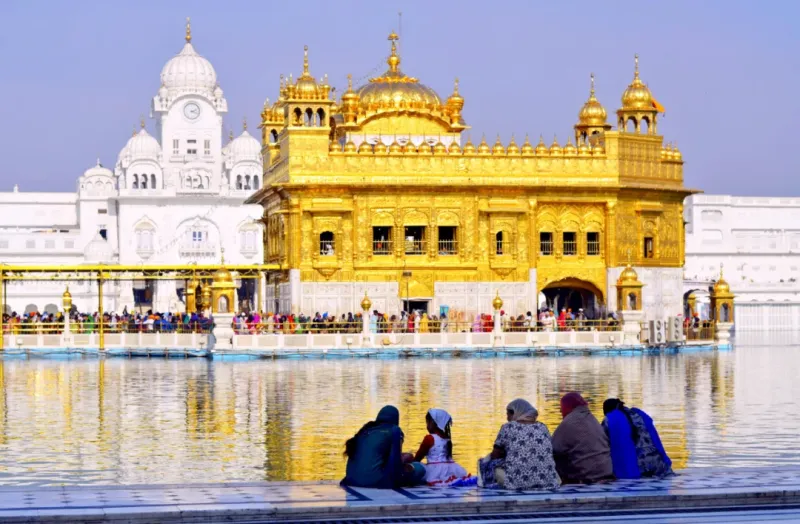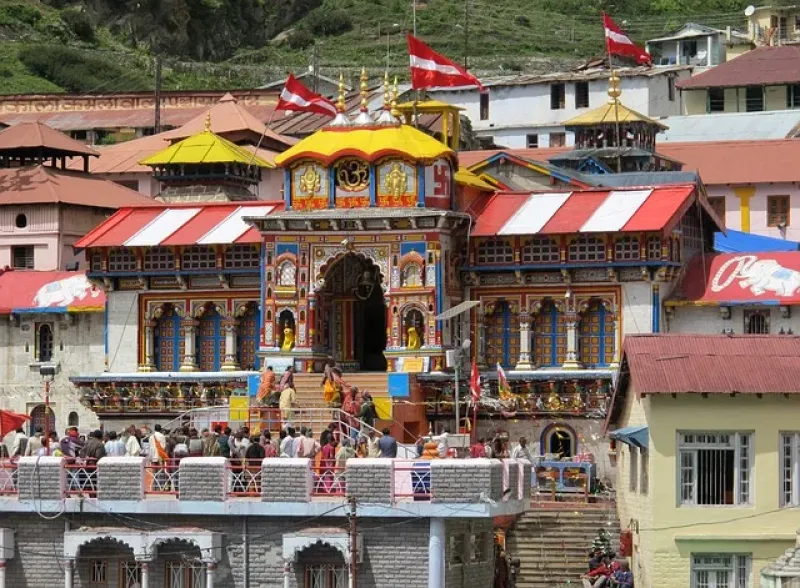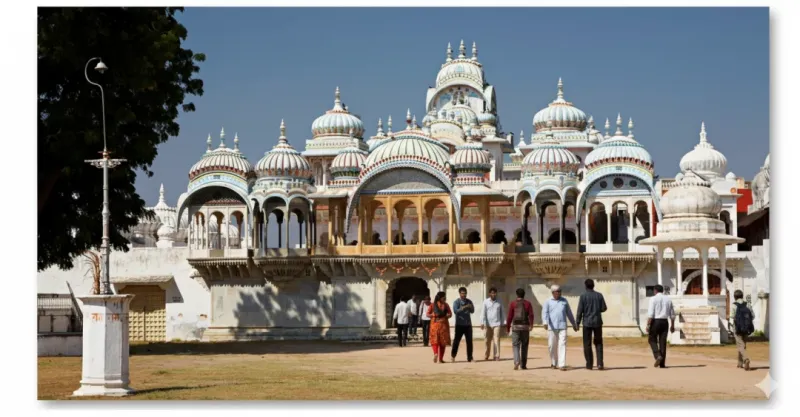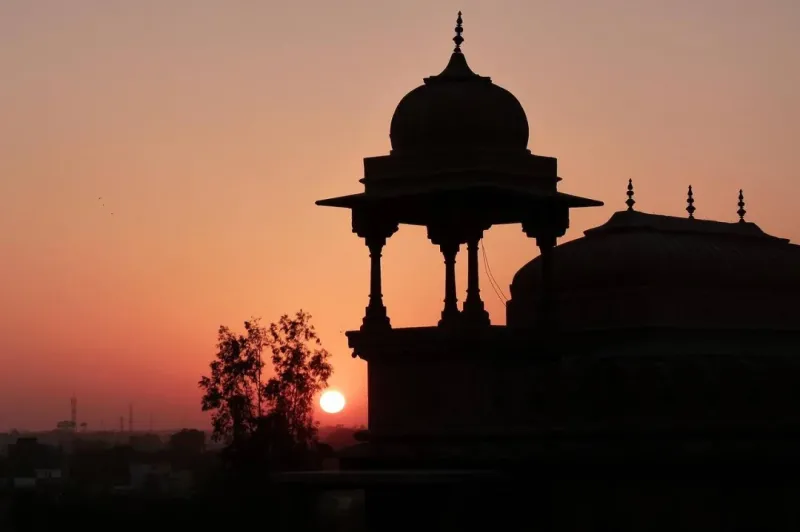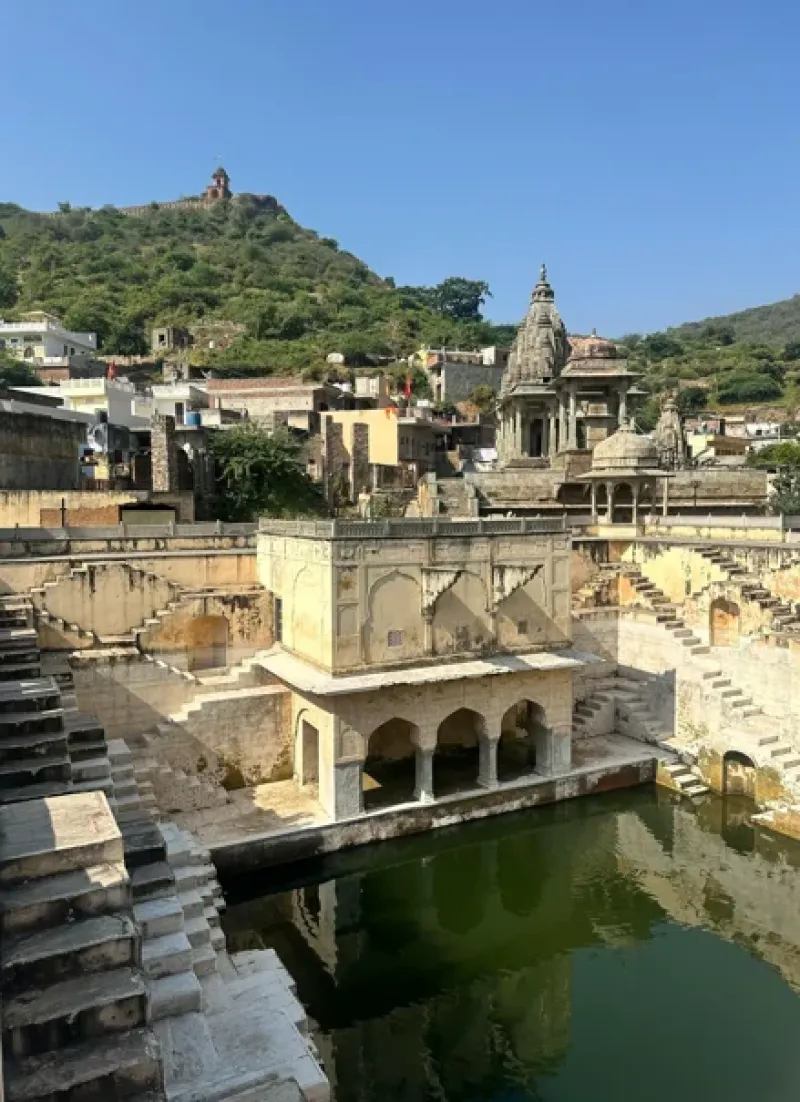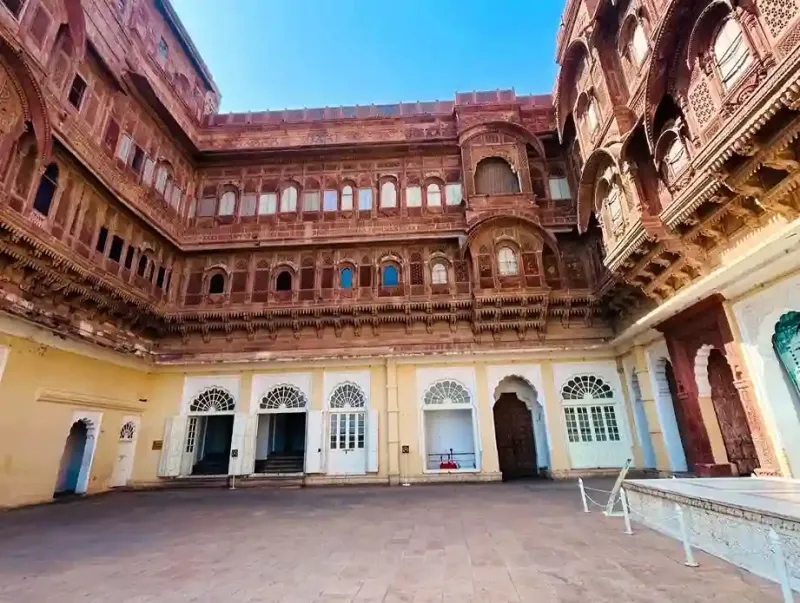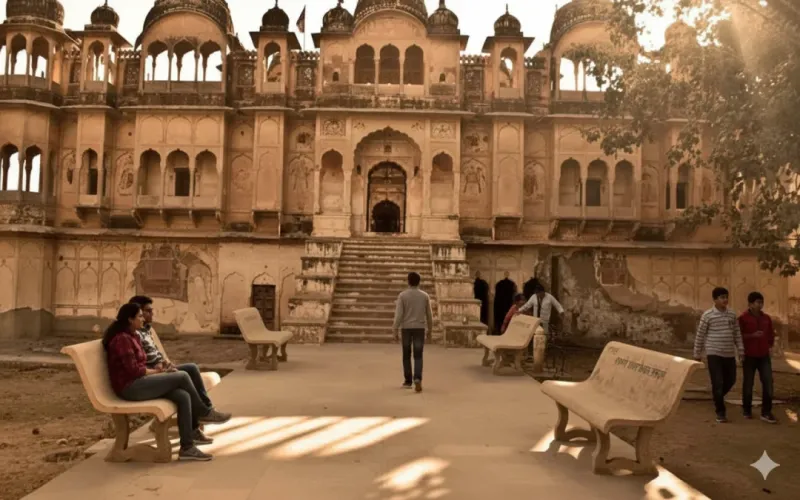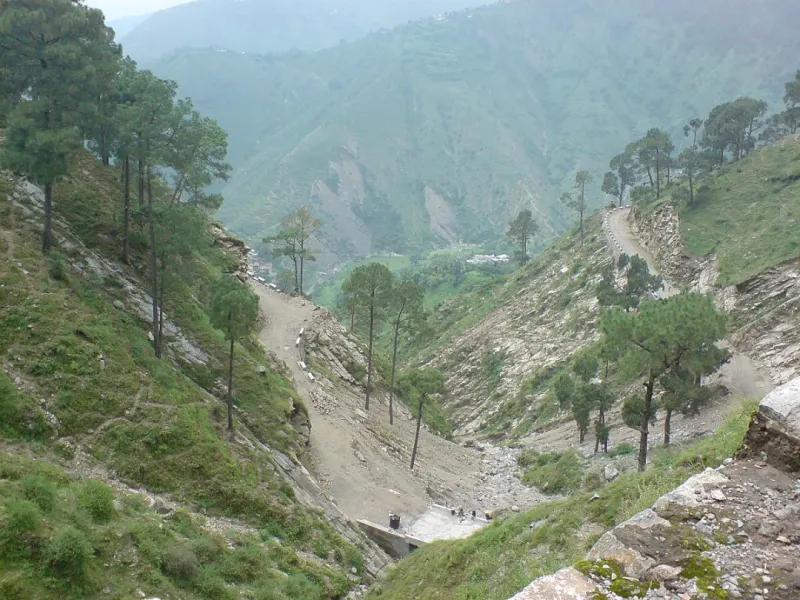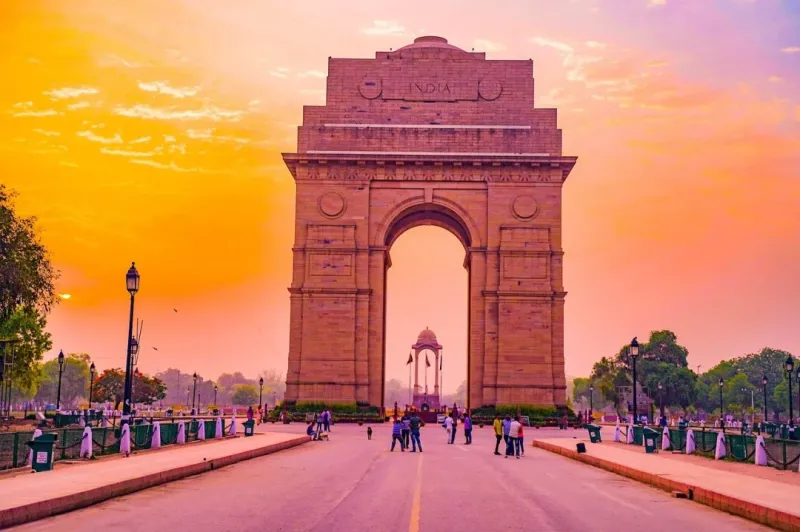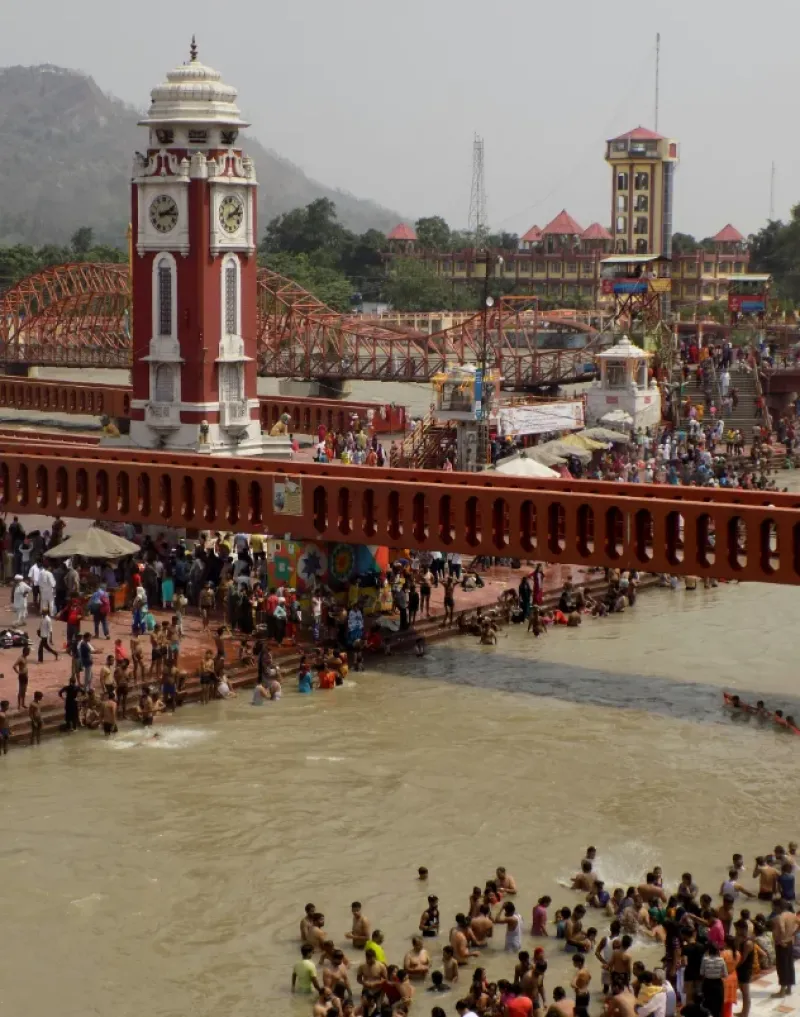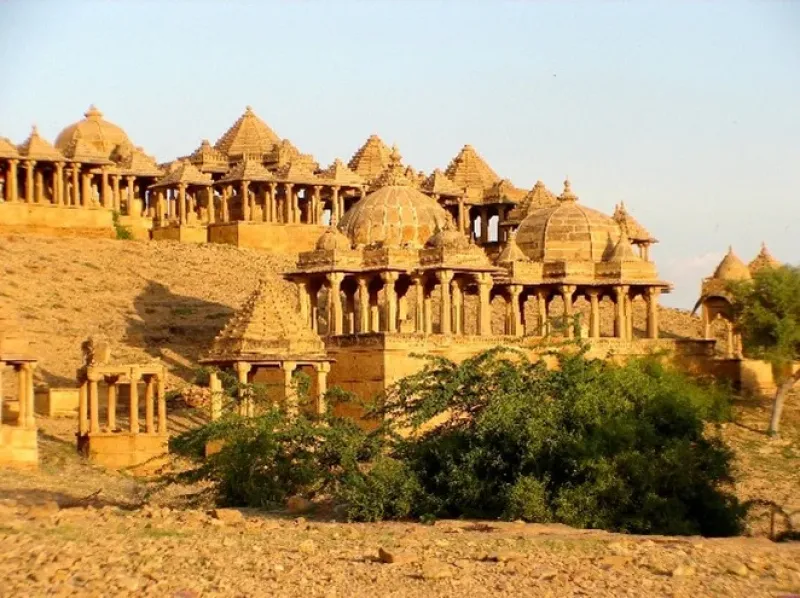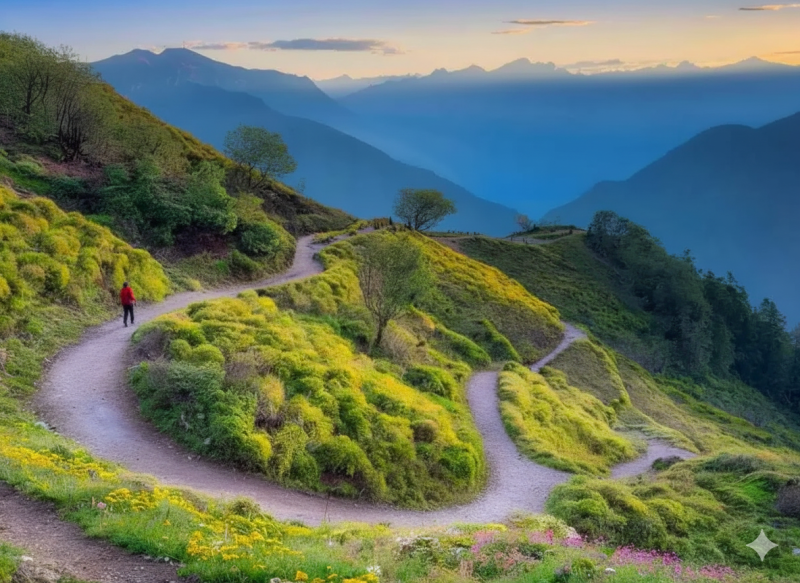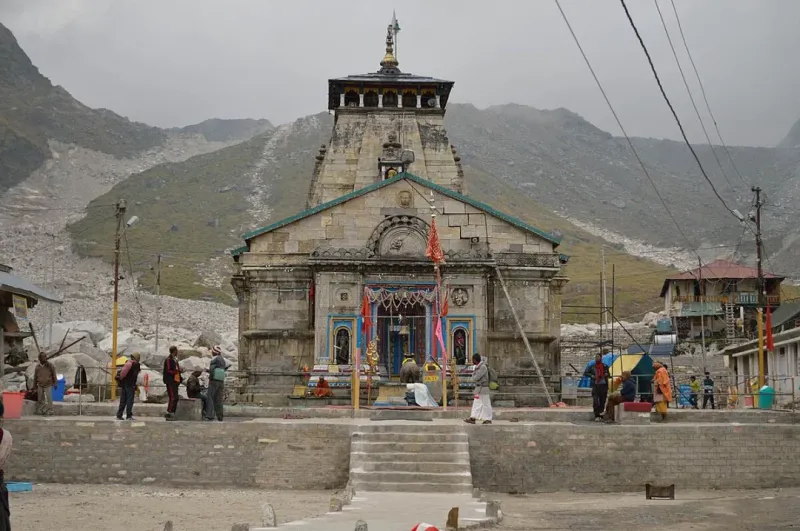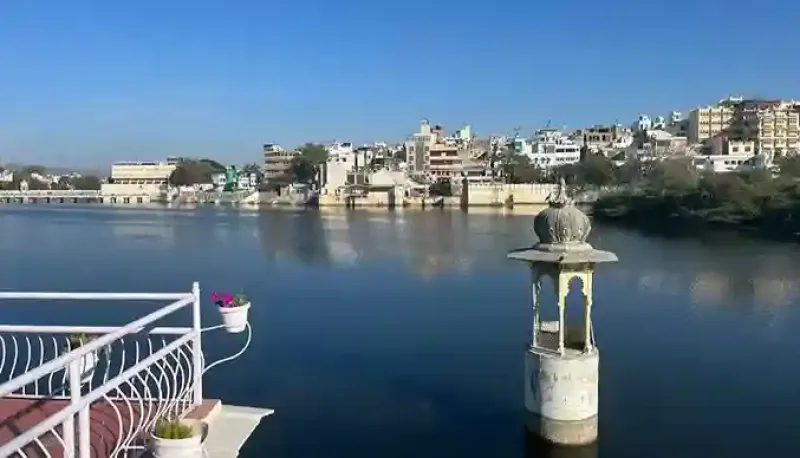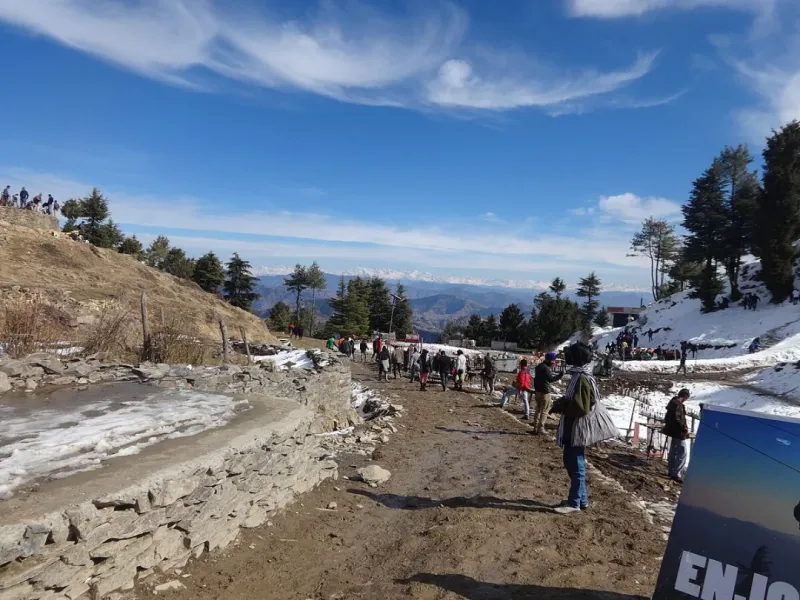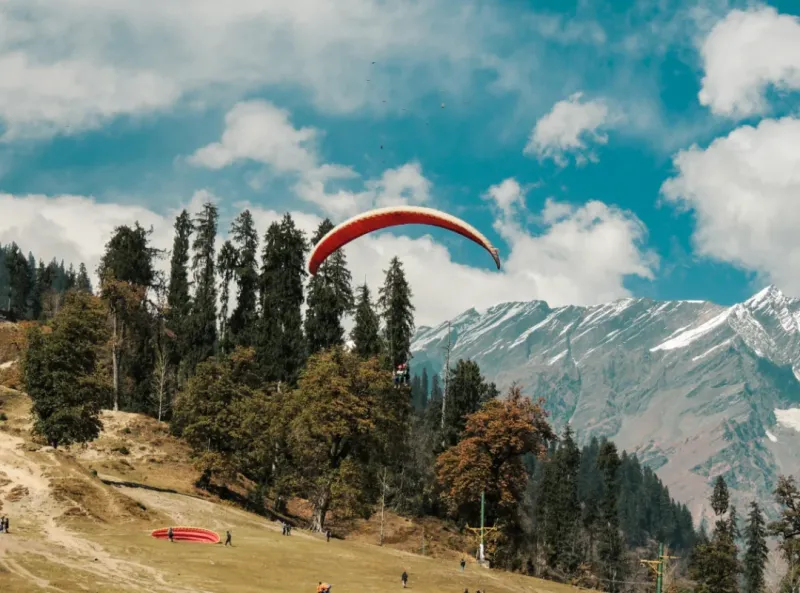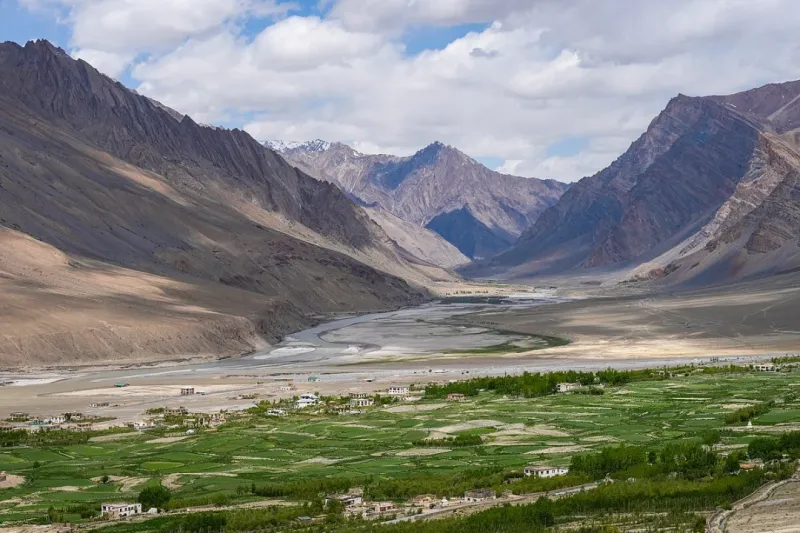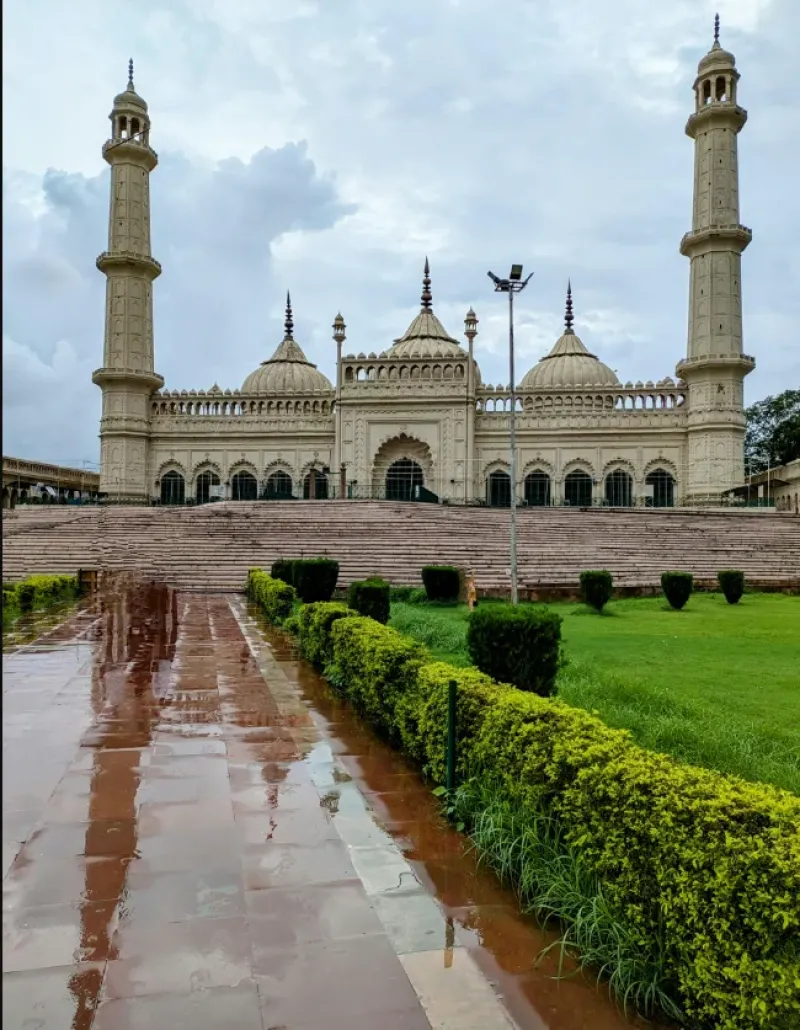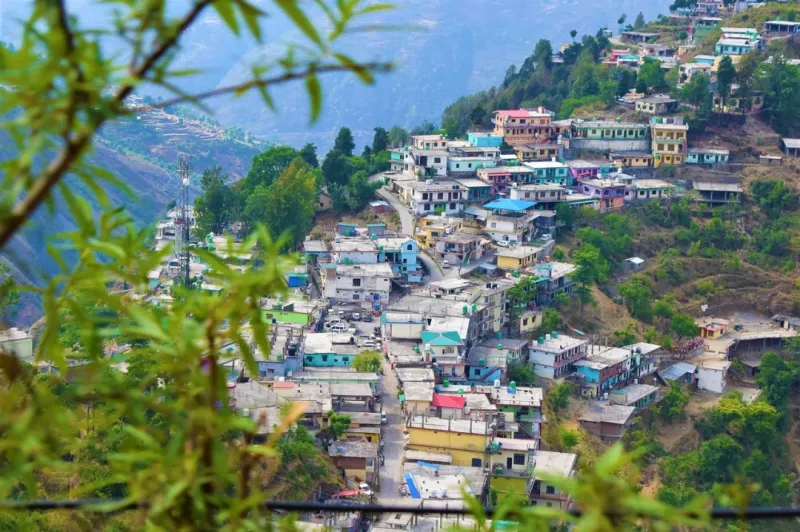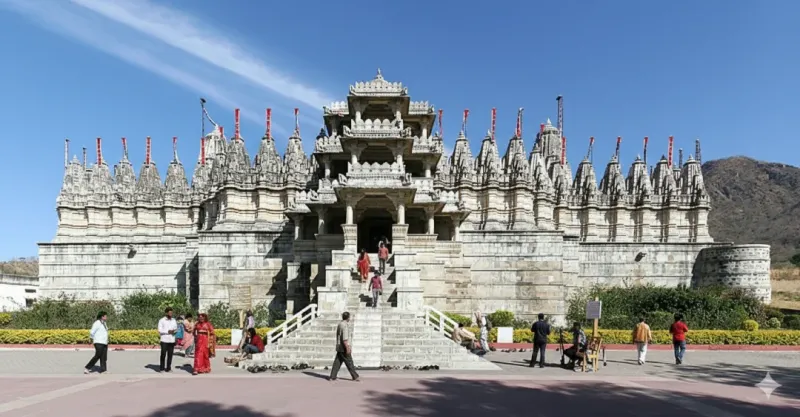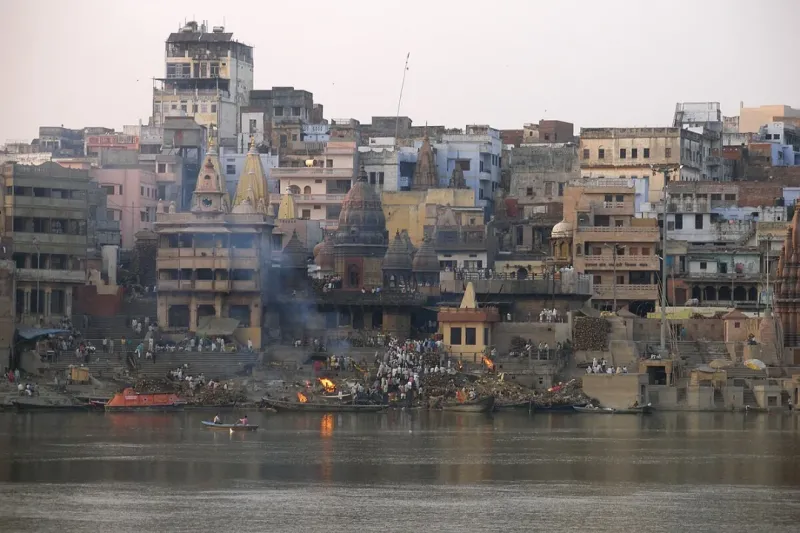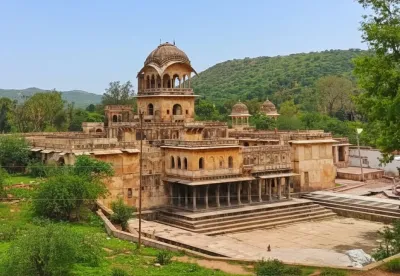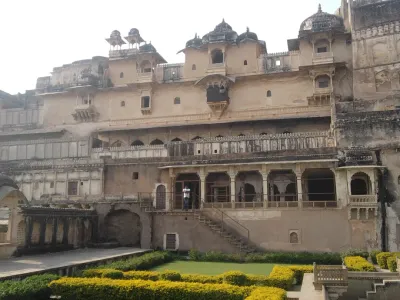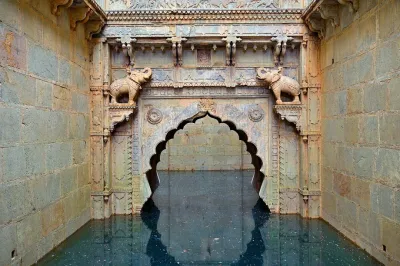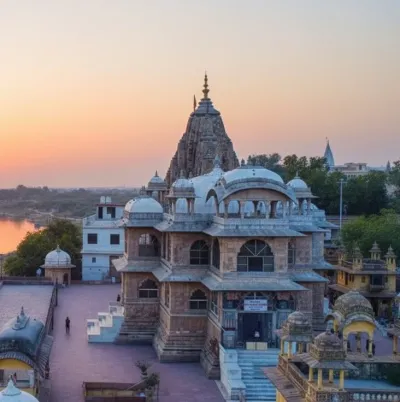About Bundi
Bundi: Rajasthan’s City of Stepwells and Stories
Nestled in the Aravalli Hills and far from the commercial rush of larger Rajasthani cities, Bundi offers a poetic blend of architectural marvels, serene landscapes, and stories carved in stone. Often called the "Queen of Hadoti," Bundi remains one of India’s most enchanting yet underrated destinations.
Brushstrokes of Royalty: The Artistic Legacy of Bundi’s Rulers
The rulers of Bundi weren’t just warriors—they were passionate patrons of the arts. This is evident in the majestic Bundi Palace, where walls are adorned with intricate murals, reflecting scenes from mythology, royal processions, and everyday life. These miniature paintings have inspired artists for generations and remain a key attraction for heritage and art lovers.
Don’t miss the Chitrashala (also known as Ummed Mahal), a gallery of 18th-century frescoes that tell vivid tales of Krishna and Radha in a style unique to Bundi’s artistic heritage.
Whispers of Water: The Stepwells and Tanks of Bundi
Bundi is home to over 50 stepwells, locally known as baoris or kunds. These stunning water reservoirs are not only engineering marvels but also architectural masterpieces. The most famous, Raniji ki Baori, built in 1699, is a 46-meter-deep structure with beautifully carved pillars and archways.
Other hidden gems include Dabhai Kund and Nagar Sagar Kund, each with its own story and structural elegance. Visiting these stepwells is like entering silent temples of water, echoing with centuries of use and reverence.
Bundi Palace and Beyond: Forts in the Clouds
Perched high above the town, Taragarh Fort dominates the skyline with its sheer scale and panoramic views. Built in 1354, this hilltop fort is considered one of the oldest in Rajasthan and remains partially unexplored—perfect for adventurous travelers. Wandering through its massive gates, crumbling ramparts, and hidden tunnels gives a real sense of time travel.
Other lesser-known fortifications around Bundi offer quieter experiences and equally mesmerizing views of the valley below.
Sacred Stillness: Temples, Caves, and Riverside Shrines
Spirituality in Bundi is understated yet deeply rooted. The 84 Pillared Cenotaph (Chaurasi Khambon ki Chhatri) is an architectural tribute filled with serenity. Badal Mahal Temple and the ancient Keshav Rai Ji Temple along the Chambal River offer peaceful retreats from sightseeing hustle.
Venture further to the Bijasan Mata Temple nestled on a hilltop, or visit the Dabhai Kund area where cave shrines blend spirituality with geology.
From Wall to Canvas: Art, Miniatures, and Murals
Art isn’t just confined to palaces in Bundi—it spills into the streets. House facades, entry gates, and community centers are often decorated with colorful frescoes that reflect everyday Rajasthani life. Local artists continue to preserve Bundi’s miniature painting tradition, using natural dyes and intricate brushwork.
If you’re interested, you can even take a workshop with a local artist to learn how these age-old techniques are practiced today.
Taste Trails: Sweets, Spices, and Streetside Flavors
No trip to Bundi is complete without indulging in its local cuisine. Try the kadhi kachori at a morning market stall, enjoy spicy laal maas at a family-run eatery, or cool off with sweet rabri in the evening.
For those looking for something unique, Bundi’s street food also includes local innovations like mirchi vada, gatte ki sabzi, and mewa barfi—each bite a taste of Rajasthan’s culinary richness.
Bundi’s Secret Corners: Lakes, Villages, and Scenic Escapes
Beyond the palace and fort, Bundi offers lesser-known spots that capture its quiet charm. Jait Sagar Lake and Nawal Sagar Lake provide postcard-perfect reflections of temples and hills. Nearby villages like Kesar Bagh and Talwas offer glimpses of rural Rajasthan, traditional crafts, and pastoral landscapes.
Many travelers find peace in simply wandering the narrow streets of Bundi, where every corner tells a story.
The Nature of Peace: Bundi’s Green Side
While Rajasthan is often associated with arid landscapes, Bundi surprises with its greenery, especially post-monsoon. The Ramgarh Vishdhari Wildlife Sanctuary, just an hour away, offers a sanctuary for leopards, antelopes, and migratory birds. Hikes and treks around Bundi are gentle but scenic, perfect for nature photography and quiet reflection.
The lush hillocks surrounding the town offer sunset points that are rarely crowded, making it ideal for slow travel.
Festivals of Bundi: Light, Color, and Folk Rhythms
Time your visit with the Bundi Utsav, usually held in November. This vibrant festival showcases local music, folk dance, craft fairs, and cultural performances that bring the town alive. Other seasonal fairs, like cattle fairs and harvest festivals, reflect the rhythms of rural life.
During Diwali or Holi, Bundi’s painted streets sparkle even more as local communities gather in celebration, offering travelers a warm and immersive cultural experience.
Resting in Royalty: Heritage Stays and Hidden Retreats
Whether you're a budget backpacker or a seeker of luxury, Bundi’s hospitality scene has something to offer. Stay in centuries-old havelis converted into guesthouses, or enjoy royal treatment at a boutique heritage hotel with views of the fort.
Top recommendations include Haveli Braj Bhushanjee, Dev Niwas, and Ishwari Niwas Palace—each stay offering history with a personal touch.
Wander Wisely: Insider Tips for Your Bundi Journey
-
Best Time to Visit: October to March for pleasant weather and clear skies.
-
Getting There: Bundi is well connected by road and rail. The nearest airport is Kota (about 40 km away).
-
Local Transport: Auto-rickshaws and rental bikes are the best ways to explore the town.
-
What to Pack: Comfortable walking shoes, a water bottle, sun protection, and respect for local customs.
-
Respect the Art: Don’t touch or damage murals—many are hundreds of years old.
-
Support Local: Choose local guides, artists, and family-run eateries for a more authentic experience.
Final Thoughts: Bundi, a Town That Paints Its Own Story
Bundi is more than a destination—it’s a living canvas of Rajasthan’s royal, artistic, and spiritual identity. For travelers seeking stories off the beaten path, it offers an immersive blend of beauty, culture, and peace. Whether you’re a history buff, an art lover, or simply looking for a slower pace, Bundi invites you to discover its stepwells and secrets.
Ready to Experience Bundi?
Book your next adventure with Tejofy Travels and let us craft a personalized Bundi itinerary filled with heritage walks, hidden lakes, and heartfelt encounters. Whether it's a weekend escape or part of a Rajasthan tour, Bundi will leave an impression long after you’ve returned.
More Attractions In Bundi
Top Destinations

